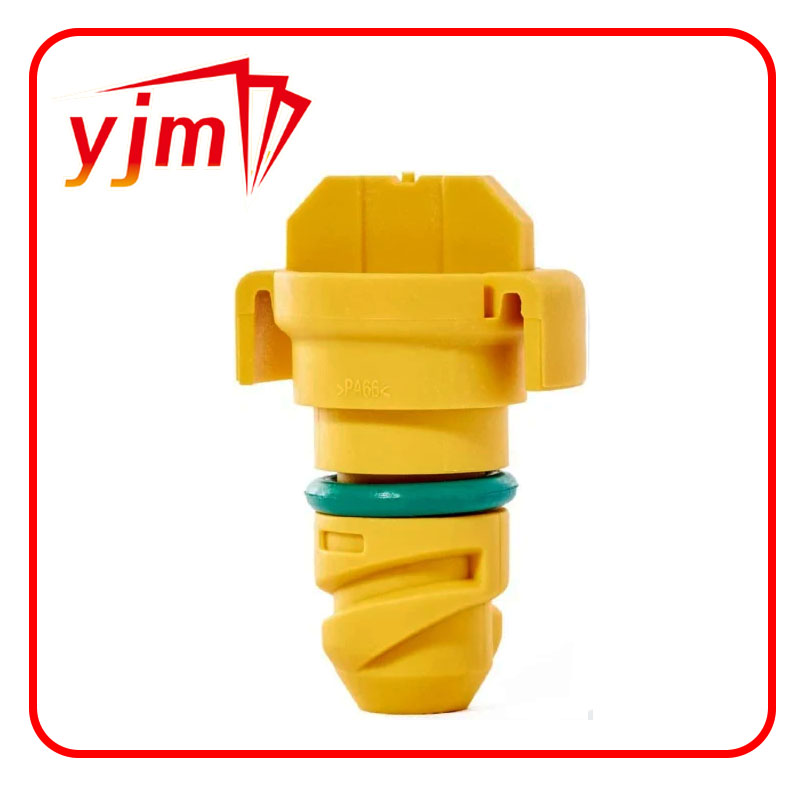Understanding the Importance of Transmission Tail Seal in Vehicle Performance and Maintenance
Understanding Transmission Tail Seal Importance, Function, and Maintenance
The transmission system of a vehicle is one of its most crucial components, responsible for transferring power from the engine to the wheels. Within this intricate system, the tail seal plays a critical role in ensuring the seamless operation and longevity of the transmission. Understanding the function, importance, and maintenance of the transmission tail seal can provide vehicle owners with valuable insights into enhancing their vehicle's performance.
What is a Transmission Tail Seal?
The transmission tail seal, also known as the output shaft seal, is situated at the rear end of the transmission casing. It is designed to prevent the transmission fluid from leaking out of the housing and to keep contaminants such as dirt and debris from entering the system. The seal is typically made from durable materials such as rubber or silicone, crafted to withstand the harsh conditions and pressures present within the transmission system.
Importance of the Tail Seal
The tail seal serves several essential functions
1. Fluid Containment The primary role of the tail seal is to contain the transmission fluid within the transmission housing. Fluid leaks can lead to a significant drop in fluid levels, resulting in inadequate lubrication and overheating of the transmission components. A properly functioning tail seal ensures that the fluid remains at optimal levels for smooth operation.
2. Contaminant Protection The tail seal prevents dirt, debris, and other foreign particles from entering the transmission. Contaminants can cause wear on the internal components, leading to premature failure and expensive repairs. Maintaining the integrity of the seal helps safeguard the transmission from these potential threats.
3. Heat Management Transmission fluid also plays a critical role in cooling the transmission system. If the tail seal fails and fluid leaks out, the transmission can overheat, causing damage to critical components. An effective tail seal helps maintain the necessary fluid levels for proper cooling.
Signs of a Failing Tail Seal
transmission tail seal

As with any vehicle component, the tail seal can wear out over time. Recognizing the signs of a failing tail seal can help vehicle owners address issues before they escalate into more significant problems
1. Transmission Fluid Leaks One of the most noticeable signs of a failing tail seal is visible fluid leaks under the vehicle. Transmission fluid is usually red or brown, and spotting these stains on the ground can indicate a seal problem.
2. Fluid Levels Regularly checking transmission fluid levels can help identify issues early. If fluid levels are consistently low without apparent reason, it might be time to inspect the tail seal.
3. Shifting Issues A compromised tail seal can lead to inadequate lubrication, resulting in rough or delayed shifting. If you notice difficulties in shifting gears, it’s essential to consult a mechanic for a thorough inspection.
Maintenance and Replacement
Maintaining the transmission tail seal primarily involves regular inspections and ensuring fluid levels are adequate. Vehicle owners should check for leaks periodically and monitor fluid condition, making sure it doesn’t appear burnt or contaminated.
If a leak is detected or signs of failure are observed, addressing the issue promptly is crucial. Replacing a tail seal typically involves draining the transmission fluid, removing the driveshaft, and then extracting the old seal. The new seal is carefully installed to ensure a tight fit, and once the assembly is complete, the transmission fluid is refilled.
While some vehicle owners may attempt to replace the tail seal themselves, it is often wise to seek professional assistance. Technicians possess the specialized tools and knowledge to perform the task efficiently, ensuring that the transmission operates smoothly post-service.
Conclusion
The transmission tail seal is a small yet vital component of a vehicle's transmission system. Understanding its function, recognizing the signs of failure, and carrying out regular maintenance can help vehicle owners prevent costly repairs and ensure the vehicle runs smoothly. By taking proactive measures, drivers can extend the life of their transmission and maintain optimal performance on the road.
-
Understanding the Front Main Engine Seal: Purpose, Maintenance, and Installation
News Jul.29,2025
-
Understanding O-Rings and Seal Rings: Types, Applications, and Custom Solutions
News Jul.29,2025
-
Understanding Crankshaft Oil Seals: Rear Seals, Pulley Seals, and Their Role in Engine Integrity
News Jul.29,2025
-
The Importance of Front and Rear Crankshaft Seals in Engine Performance and Oil Management
News Jul.29,2025
-
Crank Oil Seals: Functions, Types, and Cost Considerations in Engine Maintenance
News Jul.29,2025
-
A Comprehensive Guide to O-Rings and Seals: Types, Materials, and Global Applications
News Jul.29,2025
-
Mastering Diesel and Performance Engine Maintenance: A Guide to Critical Oil Gaskets
News Jul.28,2025
Products categories















